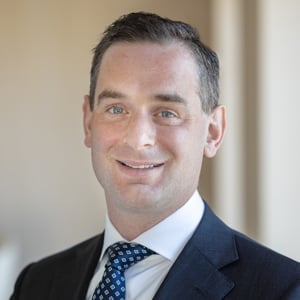When US fund sponsors aim to raise capital from EU professional investors, they will find that some of those investors have a preference to commit their capital to a Luxembourg partnership instead of a Delaware or Cayman partnership. While EU investors can technically invest in the latter type of partnerships, their investment policies often push them towards a Luxembourg partnership (Lux sleeve) for a variety of “smell test” reasons or because their allocation rules favor allocation to EU funds sleeves.
A Lux sleeve can be marketed under an EU marketing passport or national private placement rules. To be eligible for the passport, the Lux sleeve cannot be a feeder fund to a non-EU fund. Specifically, it cannot invest 85% or more of its AUM in a single non-EU fund or non-EU (parallel) funds with identical investment strategies. In addition, the Lux sleeve must appoint an EU-authorized (host) AIFM as its manager. Most US sponsors opt to appoint an EU authorized host AIFM (EU AIFM), as it is often not economically viable to launch an in-house EU AIFM. The default practical techniques to organize the marketing function of a passported Lux sleeve are discussed below. Both techniques can be combined with marketing efforts conducted by distributors.
The US sponsor may decide to allocate the marketing function to the EU AIFM. In such a model it is the EU AIFM that provides fund specific information (beyond general corporate information) to prospective investors. In case a prospective investor has further questions on the fund’s strategy or organization, the US Sponsor, supported by the EU AIFM would handle these (the chaperone model).
As a potential alternative, the Lux sleeve can itself conduct the marketing function through its Luxembourg general partner (GP). In practice, this typically means that the GP’s board includes one or more senior members of the US investment relations team. The marketing activity conducted by the GP should arguably not trigger further regulation.
In both models the EU AIFM will conduct oversight on the marketing process to ensure it is being conducted in accordance with the relevant EU regulatory standards.
The model whereby the GP conducts the EU marketing function has gained traction, especially as it reduces the EU AIFM’s investor-facing role. Which model is preferred is more than just a matter of navigating the Luxembourg regulatory framework and business preferences; the robustness of the two models from a prospective investor’s perspective is key.
Want to know more about this topic? Reach out to one of our colleagues mentioned below or read our previous article







